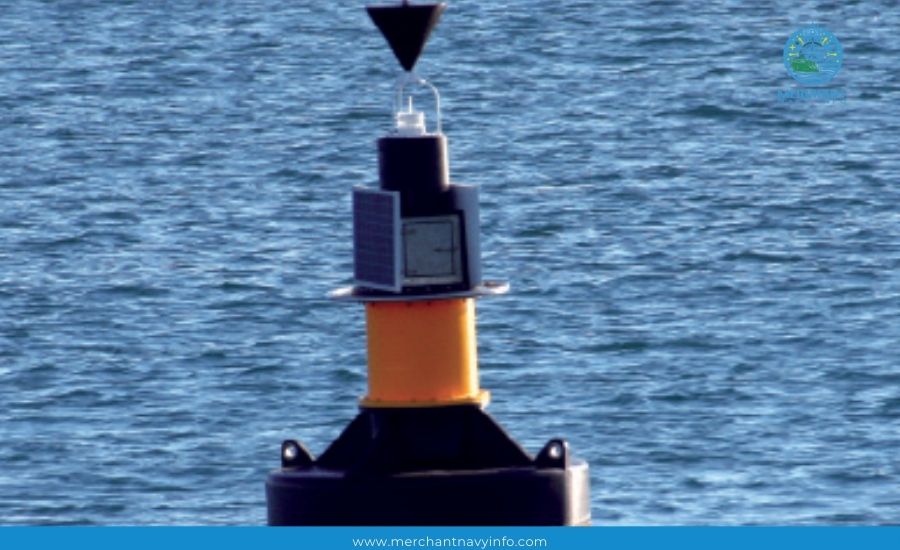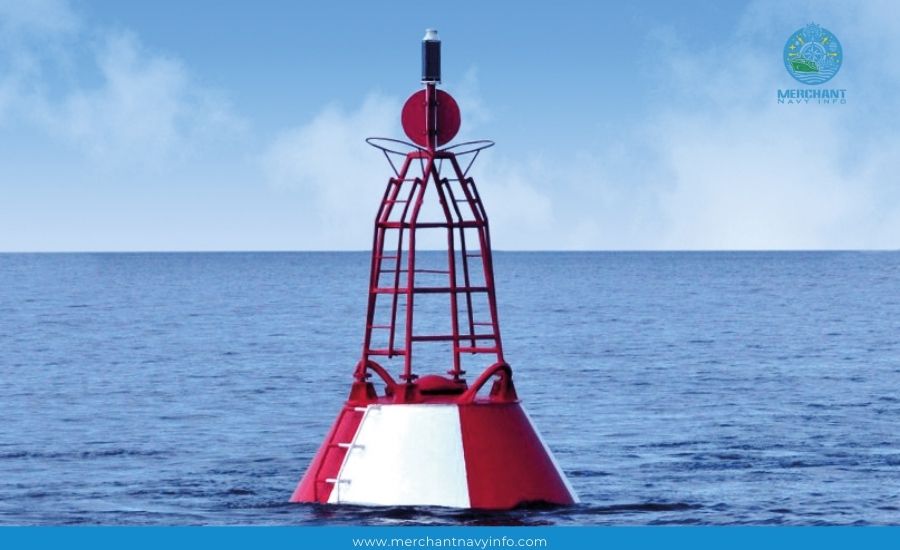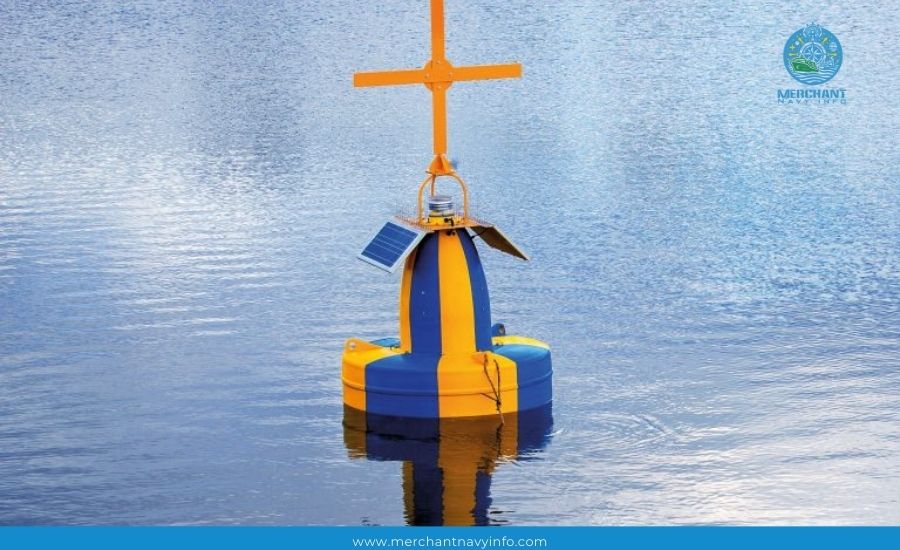
IALA Buoyage System for Seafarers: Different Types of Mark
Developing a IALA Buoyage system worldwide is essential for safe navigation at sea. Just as traffic lights guide drivers on roads, buoys, and lighthouses are essential for navigation at sea.
Imagine what would happen if multiple buoyage systems were used around the world. Different buoyage systems mean different rules that completely contradict each other, creating confusion and leading to accidents.
To improve navigation safety, prevent dangers in maritime transport, and resolve differences of opinion, IALA (International Association of Lighthouse Authorities and Aids to Navigation at Sea) worked to establish a single set of rules that would allow them to choose, at a regional level, to use red on the port side or red on the starboard side.
To maintain consistency in the bouyage system worldwide, IALA divided the world into Region A and Region B.
Region A includes Europe, Australia, New Zealand, Africa, the Gulf, and some Asian countries, and Region B includes North America, South and Central America, Japan, South Korea, and the Philippines.
IALA proposed a system that allows the use of side markings in every region. In Region A, the red color of the side system marks the port side of the channel, and the green is used to mark the starboard side.
The colors are reversed in Region B. Regional differences do not involve basic, isolated danger, safe waters, or special signs.
The IALA marking system provides for six types of markings:
- Lateral marks
- Cardinal marks
- Isolated danger Marks
- Safe Water Marks
- Special Marks
- Emergency Wreck Marking Buoy
1. Lateral Marks:
Side markers help indicate which side of the waterway to follow. Port marks should be kept on the left side of the vessel, and starboard marks on the right.
However, as the vessel moves downstream, the position of the markers changes accordingly, i.e., port marks on the right and starboard marks on the left.
When a channel splits to form multiple paths, modified side markers indicate the “preferred channel.” Red and green horizontal bands on the side markers indicate the preferred channel.

If you find that the markers are numbered, it means that the order follows the general direction of the markers.
Each buoy is identified by its color, shape, top mark, lights, and light rhythm.
The following table will better illustrate the buoys in Zone A and Zone B, respectively.
2. Cardinal Marks:
Cardinal marks are used with the compass to indicate where the navigator can find the best navigable waters. Their name comes from the quadrant in which they are located. They have the same color and shape regardless of the A and B zones.
There are 4 cardinal marks named after the four cardinal points of the compass: North, South, East, and West. Each brand can be distinguished by its top mark, buoy color, and light rhythm. When you see a cardinal mark, remember that clear navigable waters are on the mark’s designated side.

Suppose you are heading east and see a north cardinal mark ahead; he should assume that there are safe navigable waters on the north side of the cardinal mark and should, therefore, change course to port. Cardinal marks also draw attention to river features such as bends, confluences, branches, or the end of sandbars.
Remembering the buoys and their top marks is not a problem if you remember these points: The north and south cardinal marks are easy to remember because they follow a north-south direction.
The north cardinal mark points upwards, while the south cardinal mark points downwards. The Eastern cardinal mark is shaped like an egg and can be associated with Easter eggs. The Western cardinal mark can be likened to a woman’s waist, tapering towards the center.
The rhythm of light can be associated with a clock face. All cardinal marks appear as white light. The following table describes the rhythm of light for each cardinal mark.
3. Safety Watermark:
This is the only brand that uses vertical lines, unlike other brands that use horizontal lines. Safe water marks do not indicate any danger, but rather identify the presence of safe, navigable waters around the mark.
Safe water marks are essential for boaters as they indicate the start of a particular waterway. So when a boater sees a safe watermark on a chart, he quickly realizes he is approaching a waterway.

It is the dividing line between open sea water and confined waters. It indicates that any port can be visited. It also represents the best crossing point under a fixed bridge.
Safe water marks use a red ball as the top mark. They can be used online to mark safe navigable waterways through shallow water areas.
4. Isolated Danger Marks:
As the name suggests, these buoys are used to identify navigational hazards. They highlight and draw the attention of boaters to any danger or hazard to safe navigation.
These signs are erected or mounted above a hazard area to alert boaters of impending danger. An isolated hazard sign indicates the presence of navigable waters around the sign.

These signs can be distinguished from the other signs by their upper mark, which consists of two black balls, one above the other, and whose color is black with one or more red horizontal stripes. The light rhythm, flash group 2, can be easily remembered by associating it with its upper mark -2 black balls.
5. Special Marks:
Special signs indicate areas with special characteristics to mariners. They do not play any significant role in promoting safe navigation for boaters; they only indicate areas of special interest to mariners. The nature of these areas can be determined by consulting plans or roads.
Special signs can indicate shipwreck areas, military training areas, recreational areas, mooring area boundaries, cables and pipelines, dead ends, mooring areas, protected areas, marine or aquaculture farms, oil wells, and Oceanographic Data Acquisition (ODAS), which collects information about wind speed, pressure, salinity, and temperature.
These signs can be easily distinguished from the other buoys by their yellow color and upper mark (cross).
6. Emergency wreck mark buoy:
These floats appeared later than the other five signs. The sinking of the MV Tricolor in the Strait of Dover in 2002 led to the introduction of the IALA signaling system with the Shipwreck Emergency Signalling Buoy.
Two other ships collided with the wreck, resulting in damage to the vessels and loss of life. After this incident, it became necessary to identify these new hazards immediately so that ships could easily identify them as new and avoid further collisions.
The Shipwreck Emergency Signalling Buoy indicates risks that have not been considered recently reported or publicized in marine publications and charts.
This buoy is placed as close to the wreck as possible and, unlike other buoys, is designed to provide a highly visible visual and radio aid to navigation.
IALA Buoyage System
If IALA had not proposed a unified floating system for the whole world, there would have been much confusion and conflict among sailors sailing around the world, and the safety of navigation would have been jeopardized.
The IALA Ocean buoyage System has greatly helped overcome these difficulties, helping seafarers of all countries sailing anywhere in the world stabilize their position and avoid dangers now and in the future without worrying about uncertainty.
IALA is a non-governmental body that has worked for many years to share information and make recommendations for improvements based on the latest technology to aid navigation.
The implementation of the IALA signal system began in the 1980s; however, many countries around the world have yet to adopt and implement it. Changes to the new system, while gradual, are progressing slowly.









